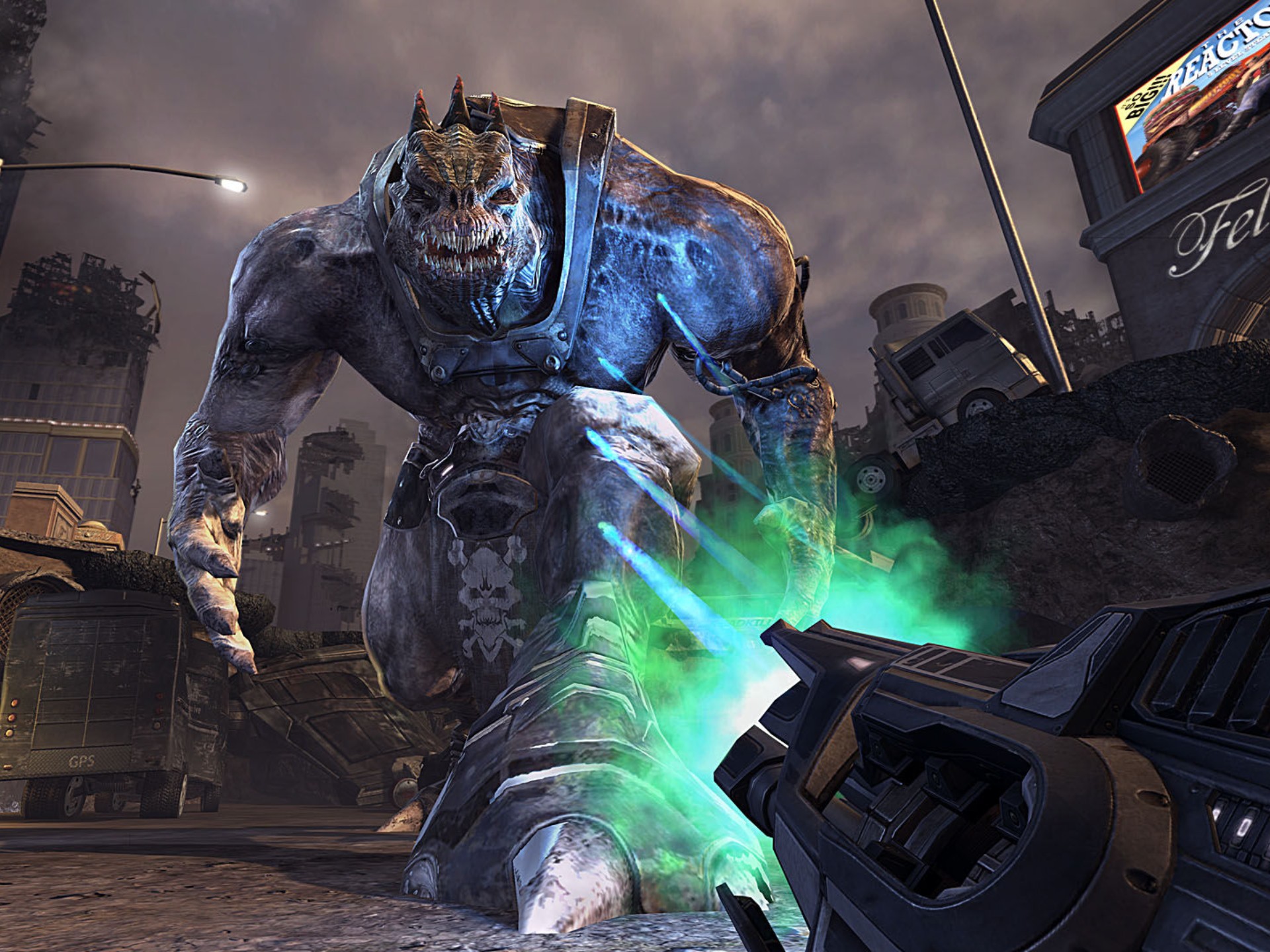Title: The Pivotal Shifts: Unpacking the Most Significant Trends in Recent Deep Game News Cycles
The video game industry, a behemoth of constant innovation and heated discourse, moves at a breakneck pace. Cutting through the daily noise of trailer drops and patch notes requires a focus on the deeper, more transformative currents. Recent news cycles have been dominated by a few pivotal themes that are not just about new titles, but about fundamental shifts in how games are made, sold, played, and perceived. From the explosive convergence of AI and creativity to the sobering realities of market consolidation and the relentless evolution of live service models, these highlights sketch the map of gaming's immediate future.
The Generative AI Revolution: Creative Partner or Existential Threat?
No topic has generated more intense and divisive discussion than the rapid integration of generative artificial intelligence into game development. The news has been a flurry of announcements from middleware companies like Convai and Inworld AI, showcasing tools that promise to create dynamic, infinitely responsive NPCs, moving beyond pre-scripted dialogues to characters who remember past interactions and adapt their behavior.
The potential is staggering. Imagine a role-playing game where every townsperson has a unique, generative backstory, or a detective game where you can ask questions in natural language without a predetermined dialogue tree. This isn't just about efficiency; it's about fundamentally new forms of emergent storytelling and player agency.
However, the news cycle has been equally dominated by the fierce backlash from parts of the development community and player base. The core concern is one of ethics and exploitation. High-profile incidents, such as the use of AI-generated voice assets in mods or certain studios without clear consent from actors, have ignited debates about copyright, consent, and the very nature of artistic creation. Major studios like Blizzard and Square Enix have publicly committed to aggressive AI adoption, while a significant contingent of developers and gamers view this as a threat to human jobs and artistic integrity. This tension between boundless technological possibility and profound ethical questions is the defining battle of this news cycle, and its resolution will shape the creative soul of the industry for decades to come.
The Shifting Sands of Power: Acquisitions, Layoffs, and Market Realignment
If generative AI represents the technological upheaval, then the ongoing saga of corporate consolidation and its human cost represents the structural one. The news has been a paradoxical mix of record-breaking financial performance for the industry as a whole and devastating layoffs for thousands of developers. Microsoft’s landmark acquisition of Activision Blizzard finally closed, creating a colossus that now owns an unprecedented portfolio of franchises from Call of Duty to World of Warcraft to Diablo. This consolidation of power raises long-term questions about platform exclusivity, market competition, and the homogenization of blockbuster game design.
Simultaneously, the post-pandemic market correction has led to a brutal wave of layoffs. In a single year, an estimated 10,000+ developers lost their jobs at major companies like Unity, Riot Games, EA, and Sony. This creates a stark contrast: corporations are more valuable than ever, yet the workforce that builds their products is being treated as expendable. The news has been filled with heartbreaking stories from veteran developers, prompting a stronger-than-ever conversation about unionization, better job protections, and the unsustainable "boom and bust" cycles of game production. This trend highlights a critical maturation—or crisis—point for the industry's business practices, moving the discussion from pure product excitement to the welfare of the people who create them.
Live Service Evolution: The Battle for Player Retention
The "games as a service" model continues to dominate the commercial landscape, but the news reveals an industry rapidly learning from both its triumphs and catastrophic failures. The narrative is no longer just about launching a live service; it's about surviving in an incredibly crowded field.

On one end of the spectrum, we have undeniable successes like Lethal Company, a viral sensation that proved a live service model can be built on pure, emergent fun and community content rather than aggressive monetization. On the other, we have high-profile struggles and shutdowns. Suicide Squad: Kill the Justice League, despite its AAA pedigree and beloved IP, became a case study in failing to articulate a compelling live-service vision at launch, leading to a steep player drop-off. Similarly, the shutdown of Rumbleverse and slowdown of CrossfireX signal a market that is becoming increasingly ruthless.
The news cycle shows a strategic pivot. Studios are now hyper-focused on "onboarding" experiences and long-term "content pipelines" before a game even launches. Transparency, or the lack thereof, has become a key news item. Games like Destiny 2 and Warframe continue to make headlines by successfully navigating seasonal narratives and community feedback, while others falter by being opaque. The lesson being learned and reported on is clear: player trust is the most valuable currency in the live service economy, and it is harder to earn and easier to lose than ever before.
The "Everything Platform": The Unstoppable Rise of Roblox and UGC
Finally, no analysis of deep trends is complete without acknowledging the quiet dominance of platforms centered on User-Generated Content (UGC). Roblox consistently makes news not just for its staggering financials or player numbers, but for how it is reshaping the very definition of a "game" for a generation of players. It is a development toolkit, a social space, a concert venue, and an economy all at once.
Recent news has highlighted brands like Walmart and Porsche creating immersive experiences on Roblox, not merely as advertisements but as genuine engagement platforms. This blurs the line between gaming, social media, and metaverse aspirations more effectively than any VR headset has yet managed. It represents a fundamental power shift: the platform itself becomes secondary to the content created by its users, challenging traditional publisher-developer-player hierarchies and creating a new, decentralized model for game creation and consumption.
In conclusion, the most notable highlights from recent game news are not merely isolated events. They are interconnected threads in a larger tapestry. The ethical dilemmas of AI will impact future employment in a consolidating market. The lessons from live-service failures will inform the next generation of UGC platforms. Together, they tell a story of an industry in a state of intense, often painful, but undeniably exciting transformation, whose core dynamics are changing faster than ever before.


















